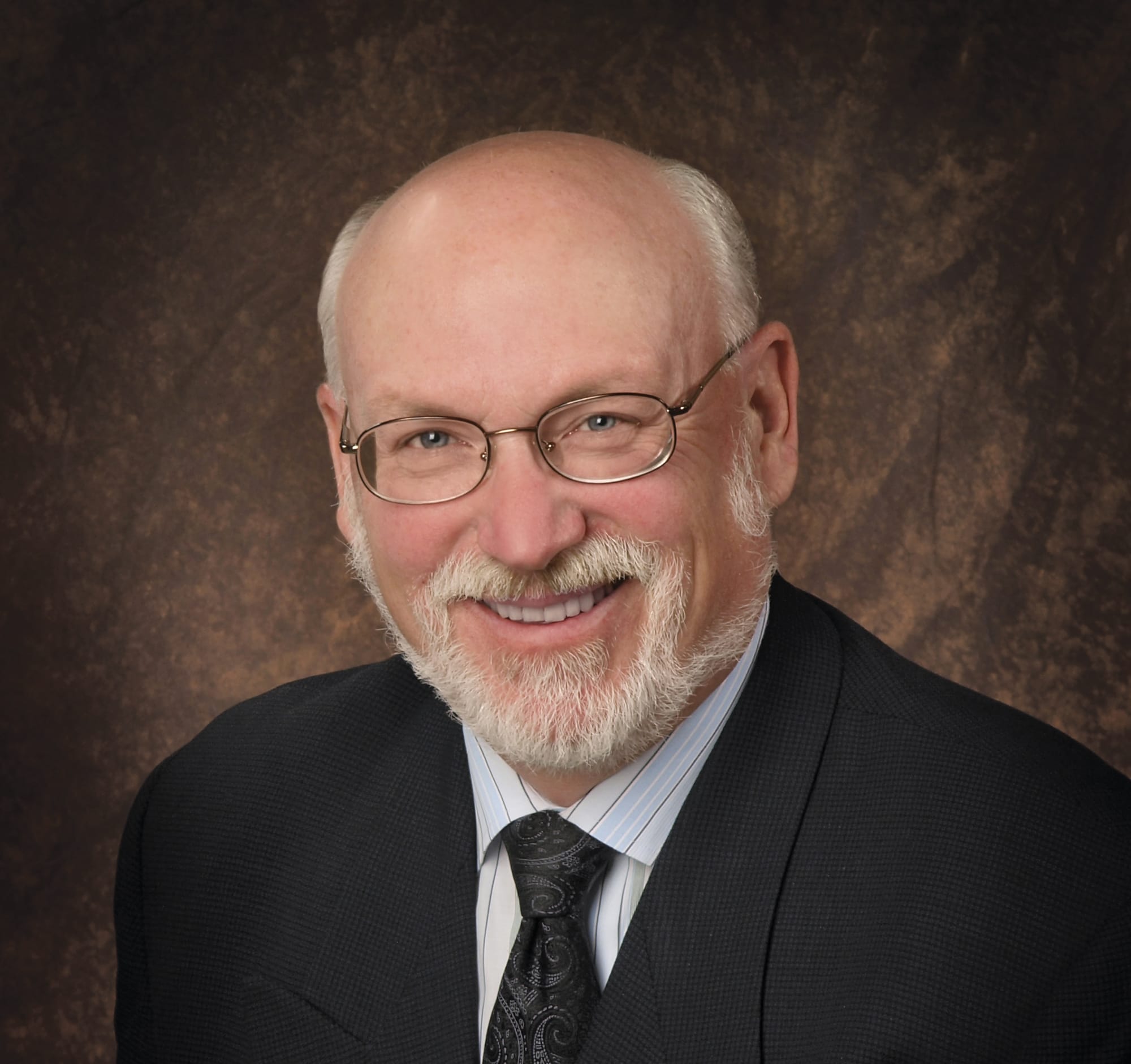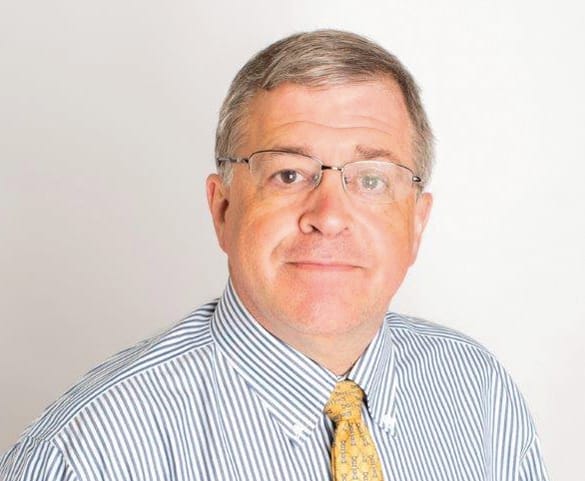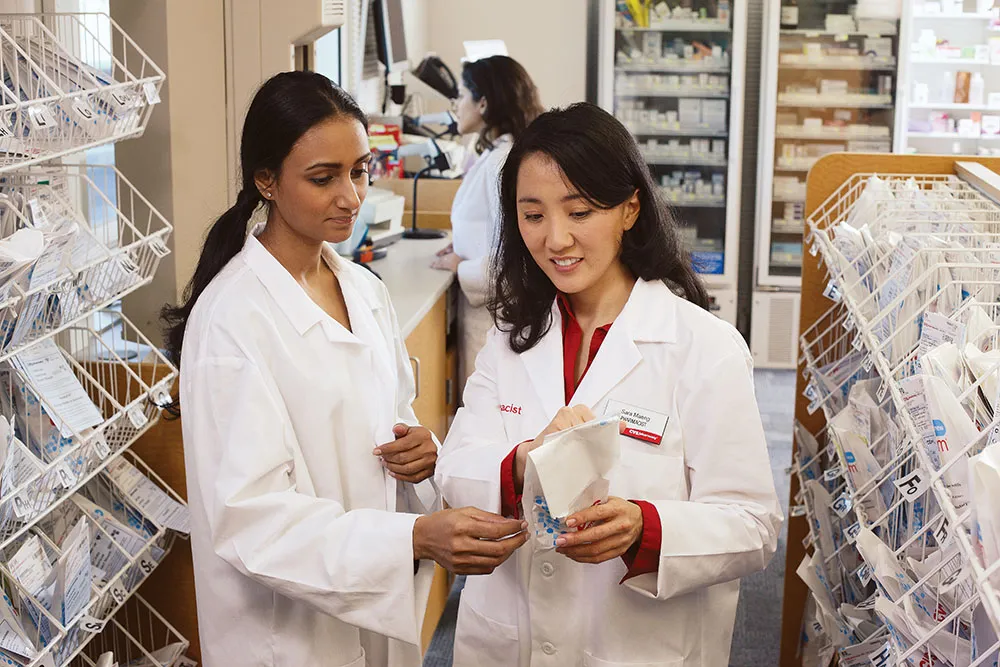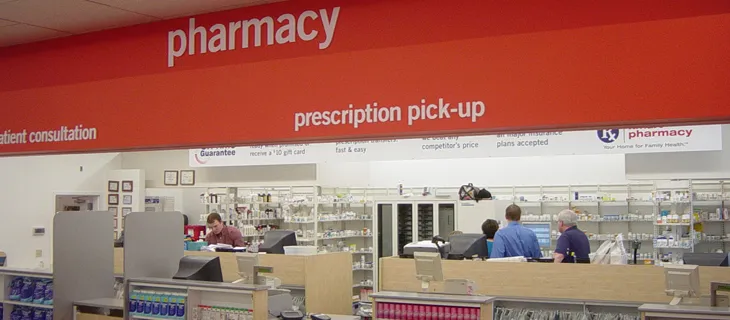
Dave Wendland
In Dr. Seuss’ (Theodor Geisel’s) last major book, Oh, the Places You’ll Go!, he put forth advice for recent graduates from almost any school: You have brains in your head. You have feet in your shoes. You can steer yourself. Any direction you choose. And you’re on your own. And you know what you know. And YOU are the guy who’ll decide where to go.
Do recent pharmacy school graduates in the United States, the United Kingdom and Canada know the right things? Are their shoes ready to walk from behind the counter to serve the consumer? run a business? From an O-T-C perspective, are they prepared to discuss more affordable O-T-C options versus sometimes unaffordable prescription solutions?
The answers vary.
In the U.S., many pharmacy schools have a two-credit course for self-care, but current market dynamics no longer support such limited education. Independent pharmacies are increasingly becoming community health information destinations. Geography also impacts and increases the need for greater nonprescription knowledge in rural America. Pharmacists need to understand O-T-C therapeutics beyond what can be found on an iPhone. More education is needed. Applying scientific knowledge in a real-time practice is challenging.

Trevor Gore
In the U.K., where pharmacists can prescribe medications as the so-called third leg of health care, knowledge of O-T-Cs is arguably deeper. But a controversial proposal to further widen pharmacy prescribing apprenticeship stalled at the beginning of the year. The envisioned five-year apprenticeship was attacked for a lack of detail and transparency. The governing body, the General Pharmaceutical Council (GPhC), in collaboration with the Pharmaceutical Society of Northern Ireland, must grapple with the Brexit factor. The five-year requirement is set out in an EU directive and, depending on the Brexit negotiation outcome, may change the process. Overall, U.K. pharmacists would have an edge when they are working with both prescription and O-T-C solutions in a continuum.
In Canada, the situation falls somewhere between the U.S. and U.K. experience. While the U.K.’s third leg doesn’t exist, there is recognition of the need for more practical education. This shift is being fueled by an ever-expanding scope of practice for pharmacists. Under the new provincial rules that allow pharmacists prescribing authority for minor ailments, students are being trained to hold the certification of competency that is needed to exercise these new duties. The University of Toronto has seen the need for recent pharmacy graduates “interested in making a difference in patient care, embracing the changing scope of pharmacy, and helping the health care system evolve” with a Pharm.D. program combining coursework and experiential learning.
Stepping back, how many graduates are coming out of each country’s pharmacy schools each year? What important training or education is gained in that first role? And are there market factors impacting pharmacists early in their careers? New pharmacy school graduates have several career choices: work for a major drug chain, work for an independent pharmacy, work in a hospital setting or take a variety of other paths.
Depending on where the pharmacist is starting out, the answers, not surprisingly, vary.

Dave Skinner
There are now 142 U.S.-accredited pharmacy schools; in fall 2018 there were 62,504 students enrolled, according to the American Association of Colleges of Pharmacy. However, the shrinking drug chain world may impact future needs. Countering this potential trend, CVS is expanding the role of the pharmacist with its new concept, HealthHUB. A three-store test in Texas was so successful that the chain plans to roll out 1,500 new locations in the next two years. With the tagline “More health services and wellness products than ever before. All in one place. All on your schedule,” the remodeled stores will include more than the long-established Minute Clinics, embracing nutritional counseling and guiding consumers to health and wellness products in-store.
U.S. graduates who enter the independent pharmacy world as pharmacist-owners now recognize the unrealized front-of-store potential. The typical independent pharmacy, according to the National Community Pharmacist Association, will fill about 190 prescriptions per day. With declining prescription margins, well-managed O-T-C aisles are not optional. And brand owners now recognize that about 35% of retail U.S. pharmacy space is represented by independents. Need will inevitably meet need.
Meanwhile, the U.K. now has 30 pharmacy schools, up from 12 schools in 1999. Recently there has been a decline in the number of students applying to study pharmacy. In 1999 the 12 schools had 4,200 students; in 2009 the number of schools had increased to 21, catering to 10,000 students. There has been a recent decline however: In 2012 the number hit 27,448, but it dropped to 21,104 in 2017.
The most common form of U.K. pharmacy education is a four-year GPhC-accredited MPharm degree. This is followed by 52 weeks of community, hospital or industrial pharmacy preregistration training and an exam process. It has been recognized that many pharmacy graduates simply don’t understand how community pharmacy works. The U.K.’s Bradford University, like Canada’s University of Toronto, offers a five-year sandwich course that integrates two six-month practical pre-registration placements as part of the third and fifth year of the MPharm degree.

Ed Rowland
Newly hired pharmacists at U.K.’s largest drug chain, Boots, can expect thorough real-time training. In fact, they are required to take online, 30-minute courses about O-T-C products; there’s a test at the end of each module. Failure is not an option as continued employment is dependent on successful completion. Other U.K. chains do the same but without the rigor.
Represented by the Association of Faculties of Pharmacy of Canada, that country has 10 pharmacy schools producing about 1,200 graduates per year.
Shoppers Drug Mart (SDM), Canada’s leading chain, doesn’t provide much in the way of training. It’s a structural issue: Most SDM stores operate under an “associate model.” The pharmacist is licensed to operate a retail drug store with initial financial support. It combines the strengths of independent pharmacy and enables a pharmacist to get a start without any initial investment. The No. 2 chain, Rexall, provides pharmacists with Web access to online accredited continuing education courses.
So overall, there are several factors impacting newly minted U.S., U.K. and Canadian pharmacists. The ability to prescribe, even in a limited capacity, expands the breadth of knowledge. The educational systems also differ; the trend towards more practical education is unmistakable. It seems that the U.S. lags a little in this area.
And as the good Dr. Seuss once said, “And you know what you know. And YOU are the guy who’ll decide where to go.” It matters what you know, and for new U.S., U.K. and Canadian pharmacists, that varies.
Trevor Gore is the founder and principal of Maestro Consulting (maestroconsulting.co.uk). David Skinner is the principal of Heuristix Consulting (Heuristix.ca), dedicated to finding innovative solutions to complex problems in the Canadian market. Dave Wendland is vice president of strategic relations at Hamacher Resource Group (hamacher.com). Ed Rowland is the principal of Rowland Global LLC (rowland-global.com), which supports companies in their strategy, tactics and execution of international growth initiatives.









